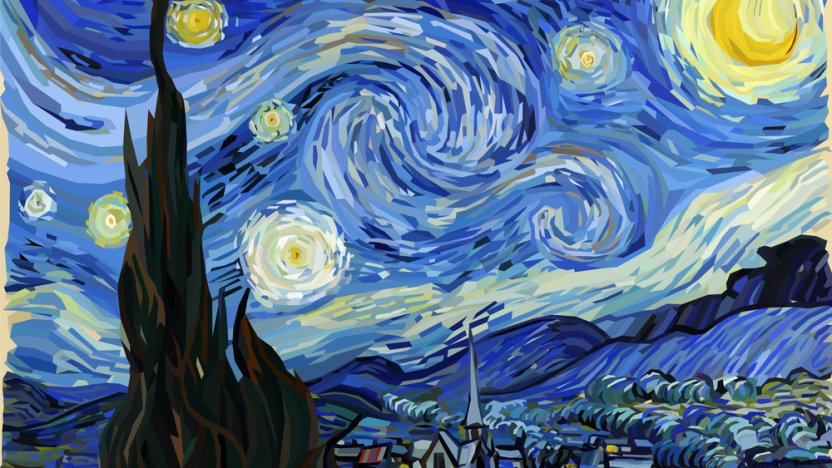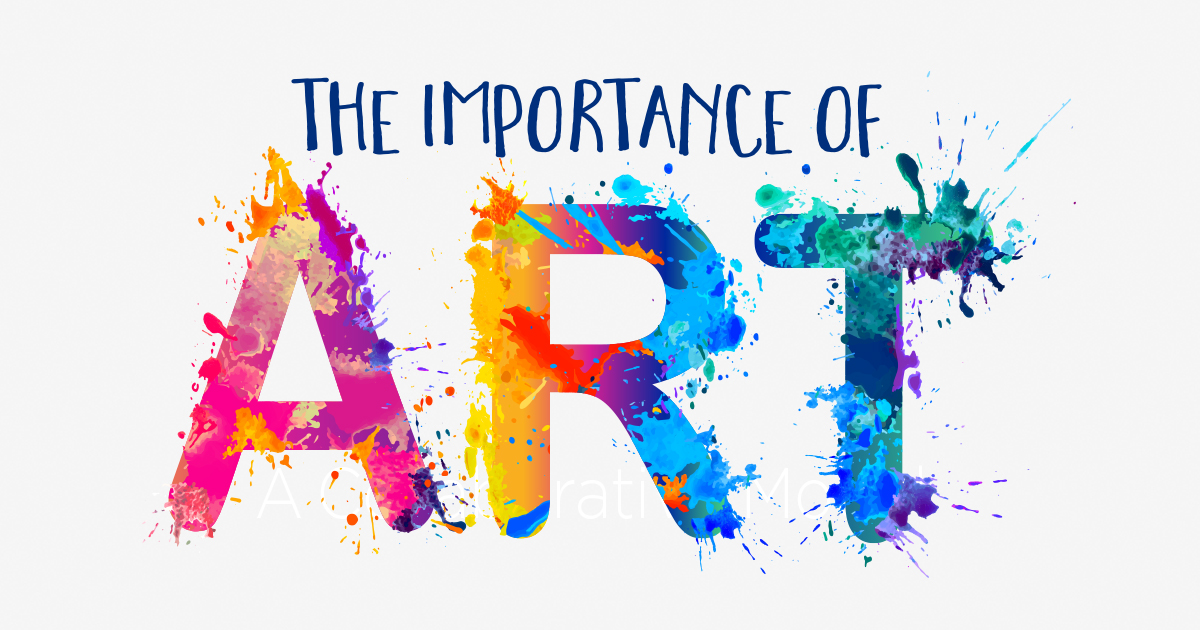Understanding the Symbolism Behind Notable Trump Art Creations
Understanding the Symbolism Behind Notable Trump Art Creations
Blog Article
Embarking on an Aesthetic Journey Via the Lyrical Interpretations of Nature in Stylist Landscapes
In the realm of art history, the Impressionist activity attracts attention as a pivotal duration that transformed the way nature was shown on canvas. Artists such as Claude Monet, Camille Pissarro, Edgar Degas, Berthe Morisot, and Vincent Van Gogh recorded the essence of the natural globe with their unique interpretations, developing landscapes that transcend plain graph. Each brushstroke, each play of light and shadow, and each shade selection in their works talks quantities about the artists' deep link to nature and their ability to equate its charm onto the canvas. As we check out the lyrical analyses of nature in Stylist landscapes, we are invited to submerse ourselves in a world where fact and feeling intertwine, using a peek into the musicians' extensive recognition for the environment.
The Fascinating Brushstrokes of Claude Monet
Claude Monet's mastery of brushstrokes transcends mere method, imbuing his landscapes with an aerial quality that enthralls and captivates audiences - trump art. His innovative usage of color and light, incorporated with his distinctive brushwork, creates a feeling of activity and life within his paintings. Monet's prominent series of works showing water lilies and his iconic haystacks showcase his ability to capture the fleeting effects of light and atmosphere

Checking Out Light and Shadow With Camille Pissarro
Embodying a comparable reverence for the interaction of light and darkness, Camille Pissarro's creative vision unravels as a harmonious exploration of the environment's luminescent nuances. Pissarro, a key number in the Impressionist activity, masterfully caught the dynamic connection between light and darkness in his landscapes. His experienced usage of color and brushwork enabled him to share the subtle changes in light that define different times of day and seasons.
Pissarro's paints typically include spotted sunshine infiltrating fallen leaves, casting detailed patterns of light and shadow on the earth below. In works such as "Hoar Frost, the Result of Snow, Pontoise," Pissarro skillfully depicts the crisp brightness of wintertime sunshine compared with the awesome shadows that define the snowy landscape. By accepting both light and darkness in his make-ups, Pissarro welcomes visitors to submerse themselves in the all-natural elegance and short-term results of light on the planet around them.

Via Pissarro's jobs, we are advised of the transformative power of light and darkness, welcoming us to stop and value the short lived minutes of elegance existing in the day-to-day landscapes that border us.
A Harmony of Color Styles by Edgar Degas
Edgar Degas manages a lively symphony of colors in his masterful artworks, infusing his make-ups with a vibrant interaction of colors that astound the customer's look. Understood mainly for his ballet dancers and intimate scenes pop over to this site of Parisian life, Degas expertly manipulated colors to convey state of mind and activity in his paintings. trump art. His use vibrant, different colors and refined tonal variations created a feeling of deepness and vibrancy within his jobs
Degas' shade combination typically consisted of rich blues, deep greens, and cozy oranges, which he applied with confident brushstrokes to capture the significance of his topics. Whether portraying a ballerina mid-performance or a group of friends chatting at a coffee shop, Degas' colors not just illustrated the scene but also stimulated a sense of feeling and power.
Additionally, Degas' experimentation with light and darkness added an additional layer of intricacy to his color make-ups, improving the overall ambience of his paintings (trump art). Via his experienced control of shade, Degas created a visual harmony that remains to reverberate with audiences today
Exploring Nature's Tranquility With Berthe Morisot
Berthe Morisot's creative vision supplies a peaceful separation from the lively color symphonies of Edgar Degas, as she records the harmony of nature in her expressive landscapes. Understood for her fragile brushwork and intimate portrayals of day-to-day life, Morisot's landscapes exhibit a feeling of peace and harmony.
Morisot's paints typically include soft, muted tones that communicate a feeling of calmness and peacefulness. Her works, such as "The Cradle" and "Summertime's Day," display her ability to catch the refined beauty of nature in such a way that is both contemplative and calming to the customer.
Unlike several of her Impressionist counterparts that concentrated on bold colors and vibrant make-ups, Morisot favored to create gentle, reflective scenes that welcome the viewer to stop briefly and mirror. With her skillful use light and darkness, Morisot creates a sense of harmony that reverberates with the visitor on a deep psychological level.
The Psychological Landscapes of Vincent Van Gogh
Vincent Van Gogh's landscapes clearly share a deepness of emotion via their vibrant brushwork and expressive use shade. The Dutch post-impressionist musician is renowned for his ability to capture raw and intense emotions in his paintings, transcending typical depictions of nature. Van Gogh's turbulent individual life, noted by psychological health battles, significantly influenced his art, infusing his landscapes with a sense of unease, melancholy, or vitality.
In works such as "Starry Night" and "Wheatfield with Crows," Van Gogh's swirling brushstrokes and dynamic color choices evoke an extensive psychological feedback from customers. The turbulent skies and perturbed landscapes in his paints mirror his click here for more info internal turmoil and emotional disturbance, welcoming customers to explore the complexities of his psyche.
Van Gogh's visit this site one-of-a-kind aesthetic language, defined by exaggerated perspectives and vibrant use shade, produces landscapes that resonate with visitors on a deeply psychological level. Through his art, Van Gogh welcomes us to see nature not equally as an external reality yet as a mirror of our innermost sensations and emotions.
Conclusion
Finally, the impressionist landscapes of musicians such as Claude Monet, Camille Pissarro, Edgar Degas, Berthe Morisot, and Vincent Van Gogh use a distinct and captivating visual analysis of nature. With their use of brushstrokes, light, emotion, and shade, these artists have actually created a harmony of pictures that stimulate a sense of peacefulness and charm in the all-natural world. Their jobs proceed to inspire and bewitch audiences with their lyrical analyses of the landscapes around us.
Each brushstroke, each play of light and darkness, and each color option in their works speaks volumes about the artists' deep connection to nature and their capacity to translate its appeal onto the canvas. His ingenious usage of color and light, integrated with his distinct brushwork, develops a sense of motion and life within his paints. His adept use of shade and brushwork permitted him to convey the subtle shifts in light that specify various times of day and periods.

Report this page